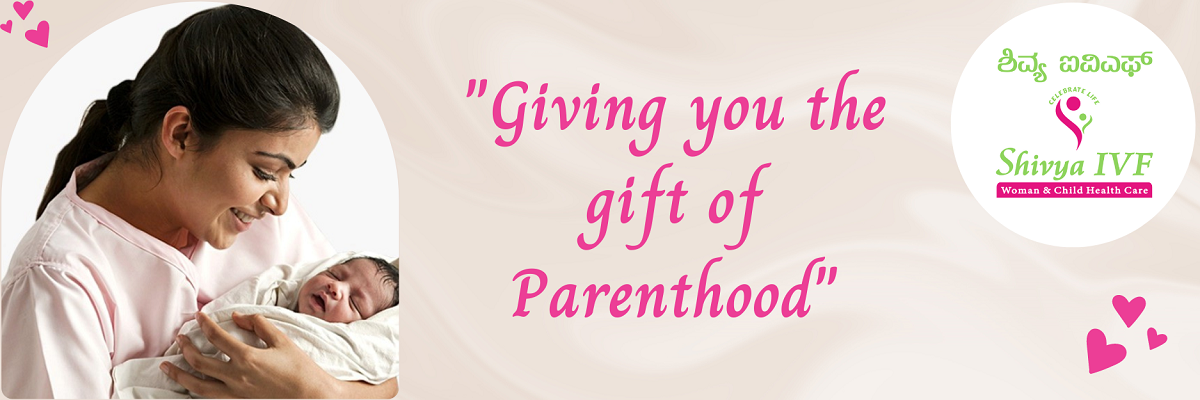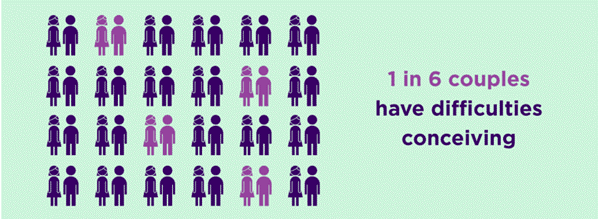
Overview
Infertility is typically defined as the inability to conceive after one year of unprotected intercourse (without using birth control). However, if you are 35 years or older, you should consider beginning the infertility evaluation after about six months of unprotected intercourse rather than a year.
If you have one of the following in your medical history or physical examination, you should begin treatment earlier and you probably should not wait an entire year before seeking treatment.
- History of irregular menstrual cycles (over 35 days apart or no periods at all).
- Known or suspected problems with the womb, tubes, or other problems like endometriosis.
- Known or suspected male infertility problems.
How common is infertility?
If you and your partner are struggling to have a baby, you’re not alone. Infertility is a common condition. Infertility affects about 1 out of every 6 couples.

What are the types of infertility?
Primary: A woman who was never pregnant and who can’t conceive after one year of not using birth control.
Secondary: Secondary infertility occurs when a woman can’t get pregnant again after having at least one successful pregnancy. It also includes those who cannot carry a pregnancy to term.
In today’s society, age-related infertility is becoming more common because, for a variety of reasons, many women wait until their 30s to begin their families. When you are having difficulty getting pregnant, both you and your partner should try to attend the first meeting since infertility is a shared experience and is best dealt with as a couple. At your initial visit you and your partner will undergo a series of tests. This is also an opportunity to discuss plans to maximize your chances to have a healthy pregnancy.
